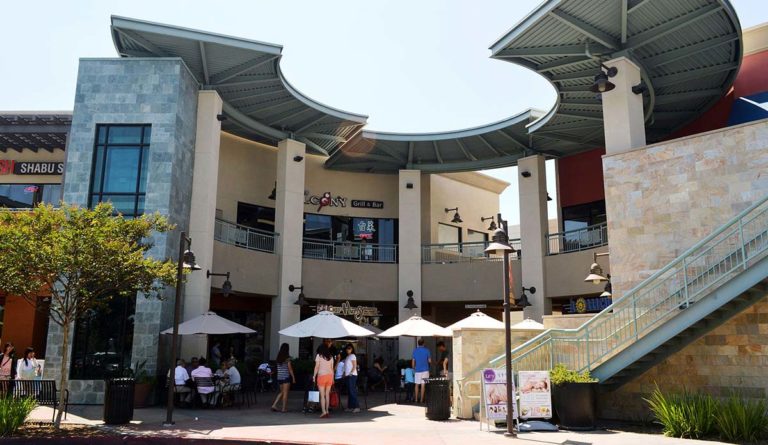Investing in Non-White Spaces
Middle- and higher-income non-White neighborhoods, or resurgent neighborhoods, protect residents from White discrimination, but do they help homeowners?

Read Time: 4 minutes
Published:
The US continues to be defined by racial segregation. The average White person lives in a neighborhood that is more than 75% White. Many integrated neighborhoods eventually transition into racially concentrated areas. Diverse metropolitan areas still see pockets of racial segregation within neighborhoods. These patterns matter because location affects access to opportunities or disadvantages. Policymakers and planners have sought to intervene and increase integration as a way for minorities and immigrants to access schools, hospitals, housing, and other public goods. American housing policy has similarly focused on the negative effects of racial segregation because non-White neighborhoods are often associated with concentrated poverty, high crime, low homeownership, and predatory lending.
Yet, policymakers and planners need to consider the growth of middle- and higher-income non-White neighborhoods, also known as resurgent neighborhoods. Resurgent neighborhoods provide residents with psychosocial benefits by shielding them from White discrimination and nurturing their racial/ethnic identities. These co-ethnic middle-class areas can also improve health outcomes, including decreased risk of low birth weight and cardiovascular disease and cancer among the elderly. Finally, resurgent neighborhoods offer other socioeconomic benefits, including educational resources and social networks and lower barriers to employment. But do these neighborhoods help homeowners?
Homeowners in Latino and Asian resurgent neighborhoods had default and foreclosure rates similar to high-income White neighborhoods in Los Angeles County.
In a recently published article, I report findings from my research indicating that resurgent neighborhoods do protect homeowners. I examined more than 70,000 Los Angeles County homeowners who purchased homes between 2000 and 2006 and traced whether or not they entered default or foreclosure through 2010. Neighborhoods were categorized by racial composition and income.
Homeowners in Latino and Asian resurgent neighborhoods had default and foreclosure rates similar to high-income White neighborhoods in Los Angeles County. For example, about 7% of homeowners in Asian resurgent neighborhoods entered foreclosure, compared to 8% of homeowners in high-income White neighborhoods and 9% in Latino resurgent neighborhoods. Yet, racially segregated low-income neighborhoods had opposite patterns. About 18% of homeowners in low-income Latinos neighborhoods and 29% in low-income Asian neighborhoods entered default. These results remained after accounting for homeowner and other neighborhood characteristics.
Segregation may help residents protect their homes during the recent recession in middle-income Latino and Asian neighborhoods.
In other words, segregation may help residents protect their homes during the recent recession in middle-income Latino and Asian neighborhoods. These class differences are important because homeownership is the largest asset for families of color. Protecting this investment is important for educational pursuits, paying for significant health expenses, and supporting retirement.
These patterns reflect the impacts of federal policies that attract a range of immigrants, from low-wage workers to professionals. After the 1965 Hart-Cellar Act and the Immigration Act of 1990, the US institutionalized preferences for particularly educated and professional migrants. These laws over the last fifty years changed the composition of immigrants and where they settled. Before 1965, many immigrants first settled in low-income ethnic enclaves. Afterward, some new immigrants are able to move directly into middle-class neighborhoods with people of similar racial, income, and language backgrounds and skip over low-income ethnic enclaves.
These class nuances are important to acknowledge because monolithic perceptions of non-White neighborhoods and peoples impact our lives, ranging from policies to the everyday psyche. Policymakers and planners can support a variety of housing choices, whether homebuyers want to live in neighborhoods with similar people or in more integrated areas. Yet, when policymakers and planners design policies to increase integration, they are implicitly referring to non-Whites moving into White neighborhoods and using White neighborhoods as the ideal.
By focusing on the negative effects of racial concentration, policymakers justify disinvesting in communities of color and ignore demographic shifts that are moving America to a majority-minority country. Instead, we can build mixed-income housing in minority and immigrant neighborhoods that maintains important socioeconomic linkages and results in greater racial and income integration. Then, we can strengthen neighborhoods that support the social, economic, and cultural well-being for all.
Feature image: Nandaro, Diamond Jamboree Center in Irvine, California (detail), used under CC BY-SA 4.0



